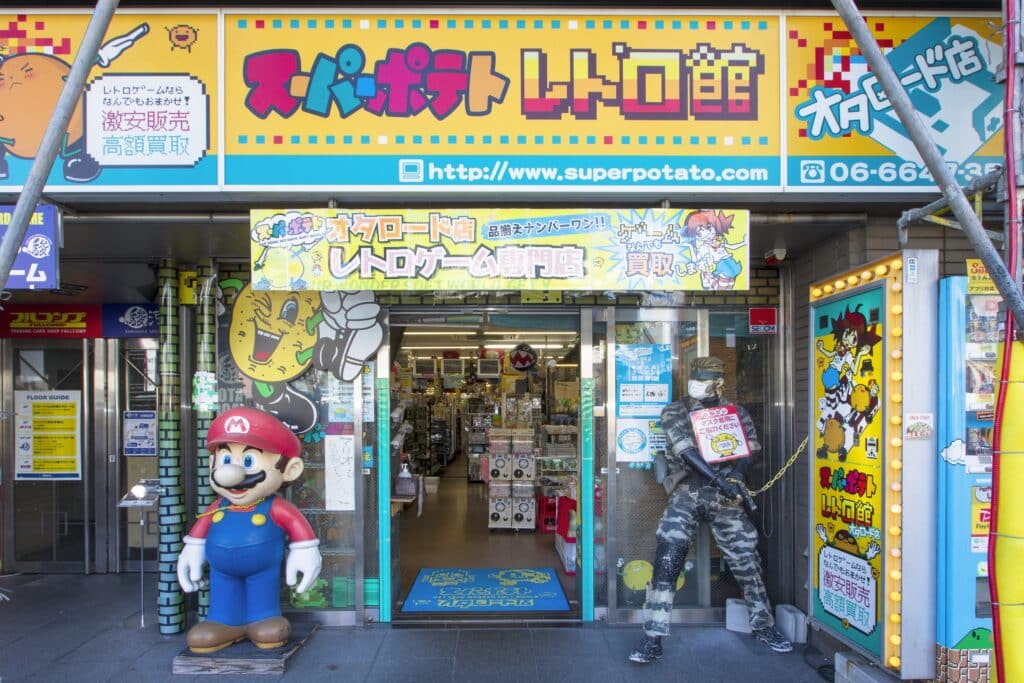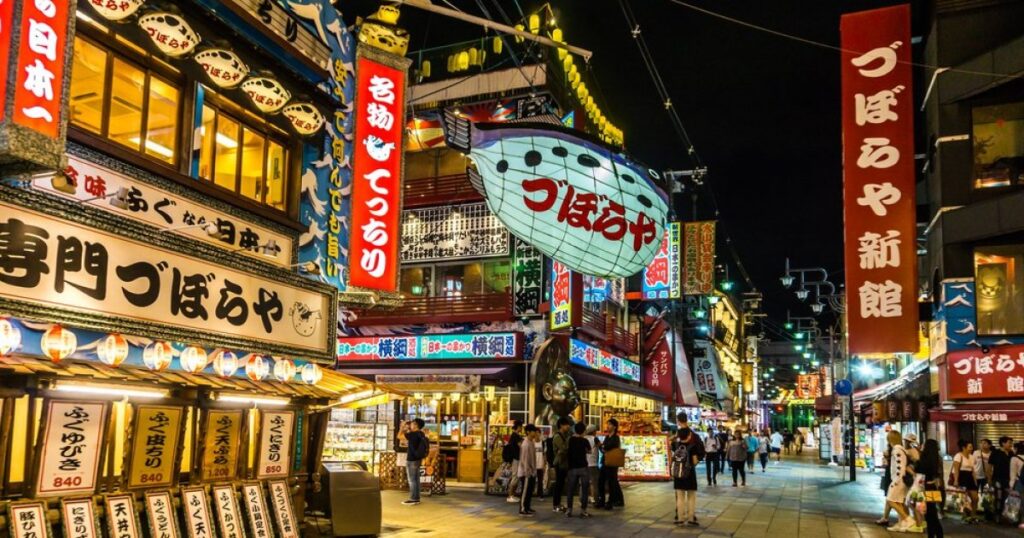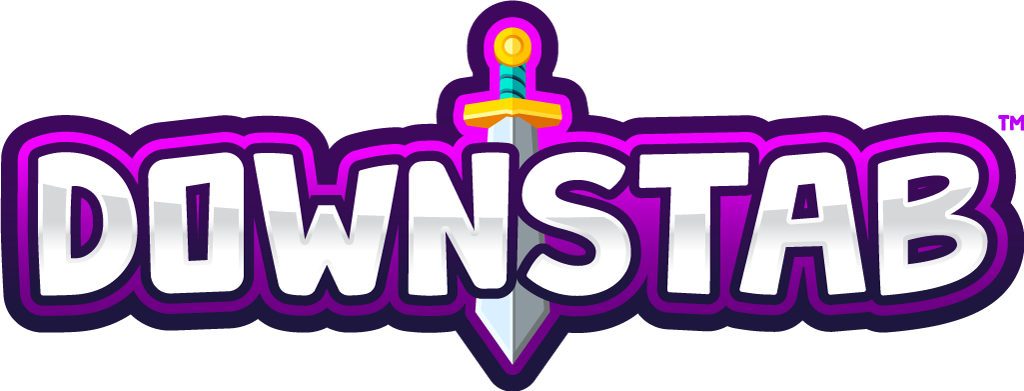Twenty years between trips to Japan is far, FAR too long. I was able to make a return trip to Japan this past month, complete with visits to shrines, late night stops at 7/11, train ride after train ride, Gashapon and Arcades galore, and plenty of delicious foods. It was easily the most fun, exciting, and tiring vacation I’ve ever experienced, and also one I wouldn’t change a single thing about. Well, maybe the weather could have been better…
Something that I don’t think could have been any better was visiting a handful of video game stores in the Tokyo, Kyoto, and Osaka areas. A quick Google search can turn up a seemingly endless onslaught of others’ experiences and review recommendations on where best to go. I tried my best to plan my trips to the shops, and after visiting several, buying tons of games (and yet not enough games), and getting the collection safely back home, I’m here to report back my experience for any other intrepid travelers looking to expand their collections while visiting the country.
stores You Should check out
Probably the number one question you might be thinking is “Where do I even go?”. A Google Maps search or something similar for “video game stores” can turn up shops local to where you’ll be staying. Personally I visited Tokyo, Osaka, and Kyoto, three of the largest areas for tourists in Japan’s main island, and each of these cities had several options for games. Here’s a quick breakdown of what I’d recommend:
Tokyo Area:
Surugaya (in Akihabara): Highly recommend this location. Good prices, big selection, and easy to get too from the JR Train Station
Super Potato (in Akihabara): A pilgrimage of sorts for game collectors in Japan, this shop is very well known. It had easily the biggest selection of games I saw on the trip, but also the highest prices. I noticed a few games here I’d picked up earlier in the trip at other locations for several hundred Yen more (a few US Dollars more).
Retro Game Camp (in Akihabara): I sadly did not get to spend enough time here as they were closing shortly after I arrived. A great selection, with good prices, from what I can see. Definitely a place I’d like to return to in the future
Mandarake (in Shibuya): More of a used anime/manga shop than a game shop, but they do have used games. This place was honestly really great, with a small but mighty collection! A good option, too, if you’re also looking for cheaper figurines, strategy guides, or anime!
Bic Camera (in Shibuya): There are Bic Camera stores all over Japan, and I happened to visit this one in Shibuya. It had a bottom floor dedicated to games, but note this is NOT a used/retro game store: they instead focus on modern games. So floor to ceiling Nintendo Switch, Playstation 4 and 5, and even some Xbox Series games. They also had things like amiibo, Pokemon Go Plus devices, controllers, etc. This is where you want to go for non-retro, modern video games!
Kyoto Area:
Surugaya (near Gion): Easily the shop I spent the most time and money in, this Surugaya was huge, had tons of games, and was very well priced. It’s a bit of a ways off the main road in Kyoto, but if you’re already visiting Nintendo Kyoto, you might as well go here too!
Book Off (near Kyoto Station): There are a good handful of Book Offs all around Japan, and each of them has a dedicated and impressive used game section (as well as manga and anime!). Book Off absolutely had the best prices of any games I found, routinely hundreds of yen lower than what I anticipated. Also, Book Off is just really cool, you should for sure check one out when you see one!
Osaka Area:
Book Off (in Dotonbori): Another Book Off store, but this one was a “Book Off Plus”, so maybe they have more stuff? I noticed it was much larger than the other Book Offs, and had things like video game systems, controllers, strategy guides, CD soundtracks, and so much more all with the games. A much bigger selection here too, combined with Book Off’s superior pricing makes this another must stop in my opinion!
Those were just the shops I was personally able to visit. There are so many more likely worth checking out. Seeing as video game shopping likely isn’t the ONLY thing you’re doing in Japan, I’d suggest finding a few that fit your itinerary and going to those. Don’t feel like you’re “Missing out” if you can’t make it to every store. The ones you do visit will be special and unique to you, and you’ll find plenty of great games and deals!

Make a List of Games You are Specifically Looking for
You are going to be astonished by the sheer amount of games available at any given store. There’s hundreds upon hundreds of games waiting for you at any store. To help navigate or, at the very least, give you some direction in your perusing, I’d suggest making a list ahead of time of the games you’re looking to find for any specific system. Breaking it down by system and title can really help, as most all of these stores will have their games at the very least separated by console, and then some of the bigger ones will have them then segmented into genres and even by name. Knowing that I was looking for Bomber Man Kar DX on the PS2 made it so much easier to look through the games and find exactly what I wanted. Getting overwhelmed by the games as you flip through can be real, so this will for sure help!
Shop around (if possible) and be aware of store hours
Not all stores are created equal, and just like in America and elsewhere, some stores will sell a game for more or less than another store. If you have a list of games you’re looking for, it might be wise to shop around just a bit if time allows for you to do so. I found many games at each store I visited, all for around the same price, but slightly higher or lower given the store. While 100 or 200 Yen isn’t a big deal, something like 1,000 Yen or more can be a deal breaker for a purchase, and yes I did find fluctuating prices like this. Also, most stores seemed to adjust price given the quality of the product: for example, if a game was missing an insert or manual, it was priced lower! Also worth noting, stores like Surugaya had a 100 and 200 Yen section with games that were either complete or missing one item. For me that didn’t matter too much, so I was happy to make some blind buy (dollar games, after all!)
Also, keep in mind store hours when shopping. Most everything in Japan seems to close around 9:00pm, but you very well might be out expecting to shop after that (especially in places like Akihabara or Dotonbori). Google when your store closes so you can make a good decision on whether or not you should go. You will also want to be purchased and out of the store prior to closing: many stores in Japan will start to play music around 15 minutes before closing, signifying it’s time to wrap out. Out of respect for the employees, I tried my hardest to be out before that music played, and I’d suggest you do the same as well if possible.
Pack light when searching the shelves
Another courtesy to keep in mind is the amount of space you’re taking up in a store. Aisle in game stores (and really every store) in Japan are very tight, often only allowing one person to be in an aisle at any given time. If at all possible, consider NOT brining a backpack or bag with you while you’re shopping for games. I had a backpack on me most times I was shopping, and the amount of times I accidentally hit the shelf behind me when crouching, or when I simply had to leave the aisle to allow someone else get by, was embarrassing! Most every store I visited provided shopping baskets to keep your items in while you shop, so I’d suggest getting one of those and then getting to the shelves!

Get used to reading japanese (or memorize some spines)
While I would never consider myself fluent in Japanese, I was fortunate enough to study in college and earned a degree in the language. I think I’m OK at reading game titles in Japanese, but dammit I’ll be the first to tell you it’s very challenging to stare at spine after spine of games and not know what you’re looking at. My advice would be to search what the game is called in Japanese, visually look at what the spine of a game you want might be, and try to look for that on the shelf. Easier said than done, I know, but Japan does not display games with the cover image out (unless it’s in a case or on display in some way). If you cannot do that, you’ll likely be relegated to flipping through the shelf, case after case, just to recognize a cover by the art and then realize “OH, it’s Chocobo’s Mystery Dungeon!” and adding it to your basket.
Mega pro tip here: if you make a spreadsheet of games you’re looking for, add the spelled out Japanese name to that spreadsheet, and even the artwork if you can! Download that sheet to work offline on your mobile phone, and you’ve got a great lifeline in your hands!
Bring cash or a zero foreign Transaction Free credit card (and maybe even your passport for tax free purchases!)
Most stores in Japan accept credit cards, but a few I visited only took cash. You’ll likely be carrying around both cash and card, but it’s something to keep in mind when you’re grabbing game after game.
Keep in mind your credit card might have a Foreign Transaction Fee, or FTF for short, associated with every credit card purchase outside of the country of issuance. My credit card has a 3% FTF, but my wife’s had 0%, so we used hers to purchase literally everything we bought with a card while in Japan. In a pinch you can just use your card and eat the cost, but who wants to pay more money when you don’t have too?
Speaking of, many game stores honor the Tax Free shopping you’ve likely seen all around Japan. In order to use this, you have to meet a requisite amount for your total purchase (usually around 5,000 Yen), and then present your passport to the cashier. This process is fairly simple, but does require more work on the cashier, so my suggestion would be to ask up front when you bring your games to checkout if you can use your passport for tax free shopping. Please note, if you are also paying by credit card, I believe it has to be your name on the card AND the Passport. I didn’t try a card without my name, but just something to note just in case.
Also note, when leaving Japan, you might need to share with Customs what your tax fee purchases were. There’s so much online about this and nothing seems super concrete, but from what I’m understanding if your TOTAL purchases while visiting Japan totaled more than $2,000 USD (or around 300,000 Yen) then you might need to show Customs your purchases. Otherwise, for me (I spent around $250 USD) I just scanned my passport as normal at the airport and walked through my gate no problem. Just something to keep in mind.
Find Modern games (and accessories) at non-game stores
As mentioned above, non-video game stores like Bic Camera and Edion to name a few will have modern video games for sale. Pricing seemed better at stores like this than at stores like Super Potato and Surugaya for Switch, PS4/PS5 games. On my trip I wasn’t particularly looking for these types of games, but I did have a few on my list. Bic Camera was a real winner for me, with several games and decent pricing. Also, most of the games at these stores will be new, sealed games!
If you’re looking to get modern game accessories like controllers or even things like Nintendo’s amiibos, I’d look here too. For amiibo’s specifically, I found it very baffling used game stores had a used, open amiibo, that you could legitimately just go buy for less money, brand new, at a Nintendo Store or electronics shop… The same thing for controllers. You can get your custom made and colored Switch Controllers at the Nintendo store, or buy a used pair for the same price at a used game store. Just look around and do what works best for you!

prepare in advance how you are going to bring things back home
You’ve bought your games and plushies and accessories, and now the truly hard part begins: how in the HELL do you bring these all back with you? I suggest you do three things:
Pack an entire extra suitcase or carryon specifically for souvenirs and things you’re bringing back with you. My wife and I did this by packing in our suitcase a big travel bag we would use as a carryon for coming back. Then we stuffed all our plushies and some clothes in that carryon bag so it was malleable and able to fit easily on trains and airplanes, and that allowed our more protected luggage to be open for bigger things like games!
I’d also highly suggest packing in your suitcase a box of some kind to easily stack your game purchases. For example, get a cardboard box that fits snuggly into your suitcase, remove the flaps if you’d like, and then use that box for some structural integrity for when packing your games and clothes to go home. No joke, this has been such an effective way to travel with games: they stay in place, easily stack on their sides, no longer have fear of damage from being poked or bumped from the airliners, and you can pack clothes and lighter things on top of them still!
Lastly, keep truly fragile or things you don’t want damaged in your personal item you keep at your feet on the plane. For me, this was my backpack. In it I placed all the amiibos I purchased, as well as a fairly large Unlimited Saga Limited Edition game, which I didn’t want to get bent. Keeping this with you at all times makes it simple to stay safe, so long as you can deal with a little leg discomfort on the plane.
Keep within your budget
Ahhh, the hardest part about any vacation, Japan or otherwise: staying within budget. Believe me when I say this: coming from America everything in Japan is SO CHEAP. Talking just video games, it’ll be simple to just start adding things and thinking “Wow, it’s only $5!” and then doing that again. And again. And again… and again.
I tried to keep in mind how much the Yen to USD conversion was. It helped determine when I should or should not buy a game. Don’t get me wrong, I probably just bought them, but at least I knew what I was spending! A quick Google search like “1500 Yen to USD” will be your favorite search in no time!
If you make a spreadsheet of games, I’d also suggest adding a range of prices you’d like to purchase the game for (in both Yen and your local currency). This will not only help you stay in budget, it will also show you when a game might be priced too high at a certain store. I added this on a whim to the list I made, and it was for sure the information I used most when looking for games on the shelf in Japan. Seriously: do it!
And just like that, two weeks in Japan was over. Things went fast; way faster than I thought. But at the same time it felt right. Speaking of just video games, I vi
sited more shops than I thought I would, but would also have loved to see more. I found a ton of games I was looking for, and a ton more I bought on a whim. I learned that everyone’s experience will be unique to them: there is no one correct store, path, or way to shop for games. The only thing I can say you need to do is just do it. Don’t be afraid to look in the stores. Don’t hesitate to poke around a shelf and look at games for hours. Enjoy your time while there, find the games you’re looking for and the ones you didn’t know you were looking for, and make your Japan video game hunting trip one for the record books!
Laters,
Jsick






